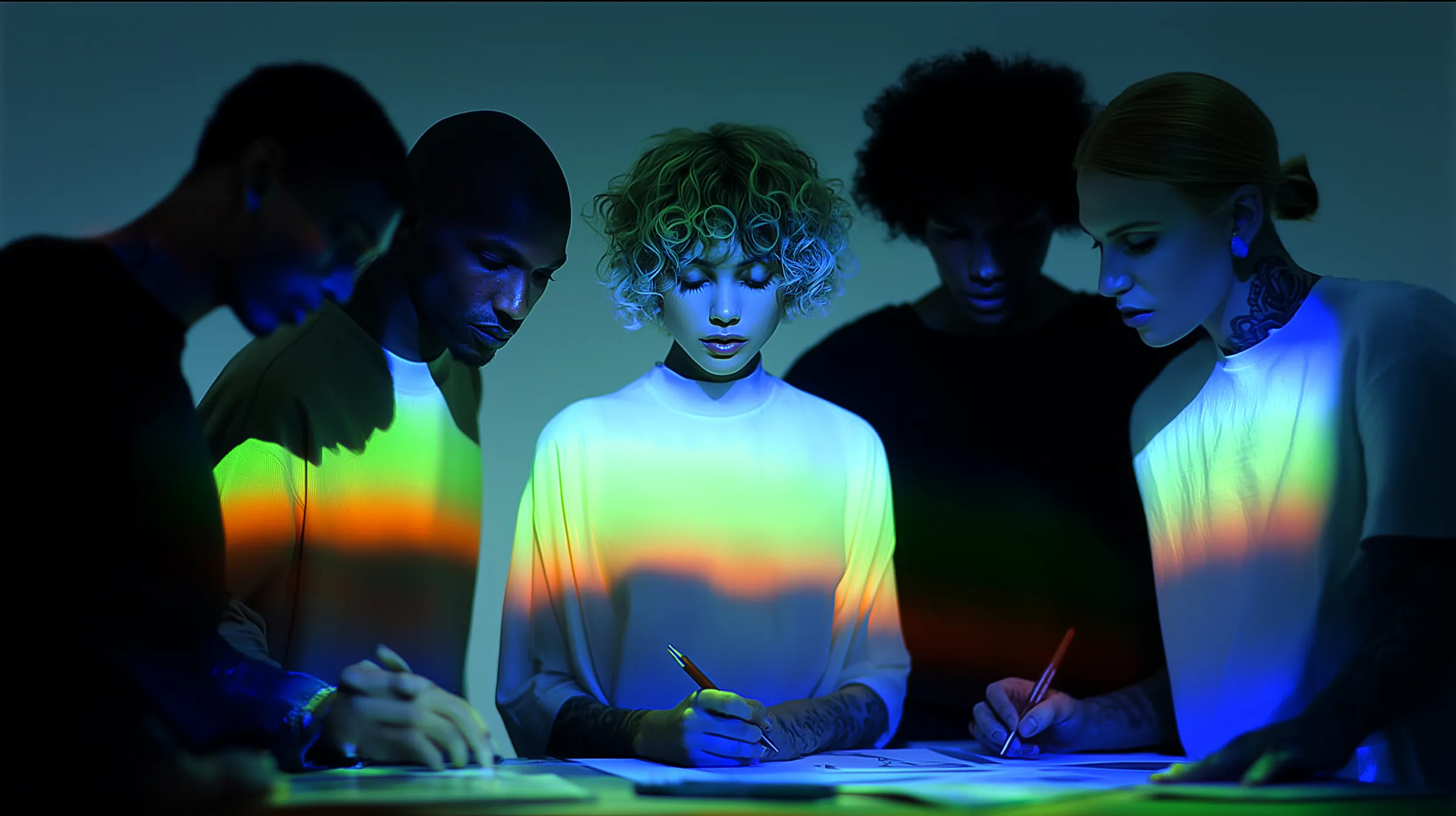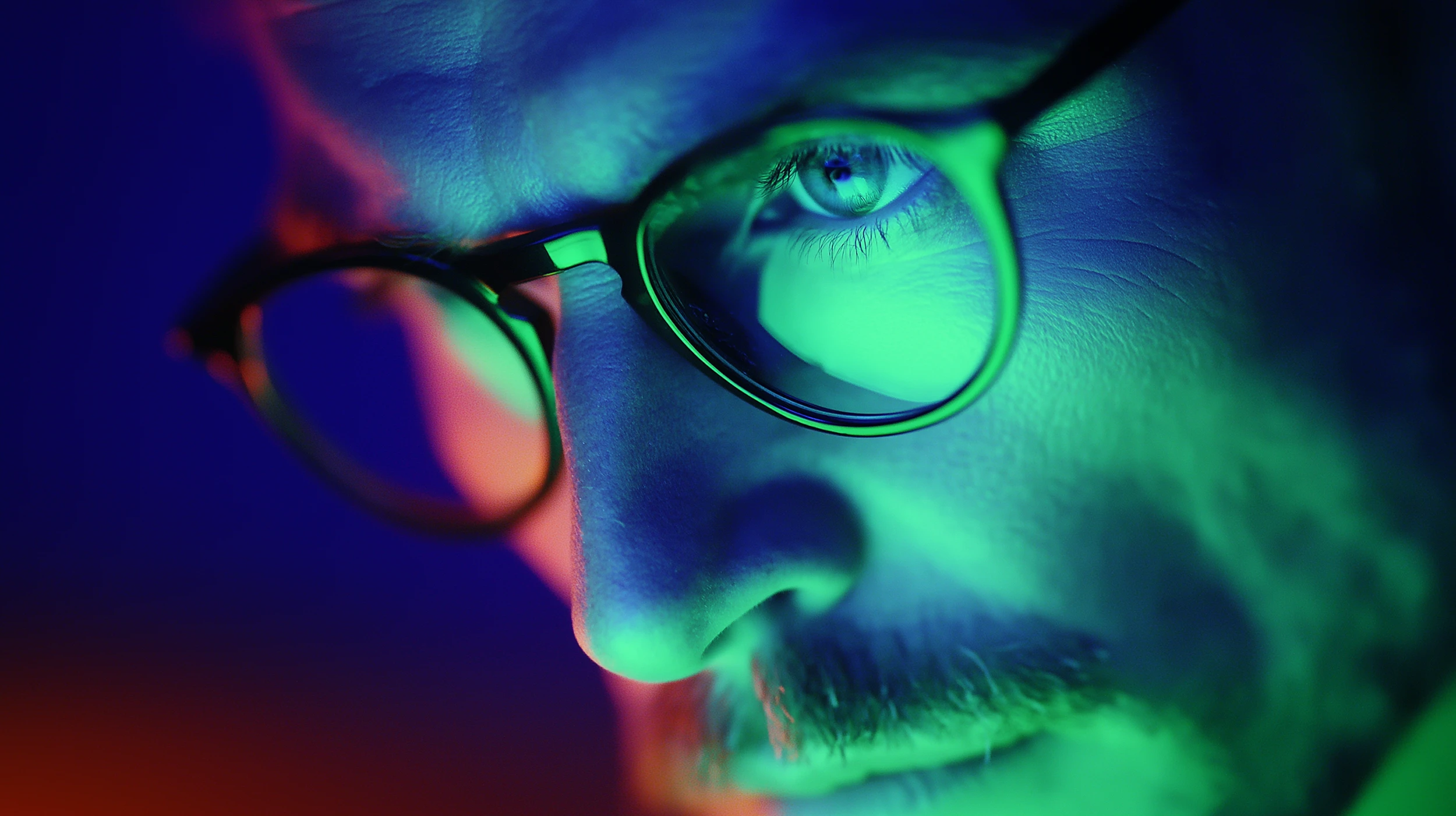No matter how complex the brief or how ambitious the idea, every successful event begins and ends with one thing: the experience. Lindsay Neyjahr, Client Experience Director, reflects on why creative agencies should always start from the audience’s perspective, and work backwards from there.
We talk a lot about experience in this industry. It’s in our job titles, our proposals, our awards submissions. Yet for something so central, it can be surprisingly easy to lose sight of what it truly means.
When a brief lands, our instinct is to open the document and start highlighting the objectives. What do they want to achieve? What are the KPIs? What are the budget constraints? These are all valid questions, but they’re not the starting point. The real starting point is much simpler: what should the audience feel?
Because that’s the experience. And it’s the one thing we can’t fake.
Designing backwards from the audience
When we begin with the audience – not the brand, not the logistics – we unlock something powerful. We stop designing around outputs and start designing around outcomes. Every creative decision, every logistical detail, every piece of content becomes intentional because it serves a shared emotional goal.
It’s easy to be seduced by the brilliance of a concept, the innovation of a build, or the polish of a presentation. But those things only matter if they ladder back to what the audience will experience in the moment. The most successful ideas are those where every choice – from sound design to storytelling – exists to shape how people feel, think, and connect.
Why experience should come first
When we’re developing a pitch, we always try to start at the end. We imagine the audience walking away. What’s the story they tell afterwards? What’s the image that lingers? If we can define that, we can reverse-engineer everything else to make it real. The space, the flow, the tone, the energy, they all take form around that emotional core.
This approach also keeps us honest. It reminds us that we’re not creating for a client, we’re creating for their audience. It’s a subtle shift, but it changes everything. It reframes the creative process from “What do we want to show them?” to “What do we want them to feel?”
And when you build from that perspective, the results are always stronger. The ideas resonate more deeply. The logistics make more sense. The story holds together. It’s not just an event, it’s an experience with meaning and memory built in from the start.
When you open your next brief, try this: don’t start with the objectives slide. Start with the human one. Picture the person walking through the door, sitting in the audience, or scrolling through the livestream. What do they experience? What will they take away?
That’s where the brief really begins.




